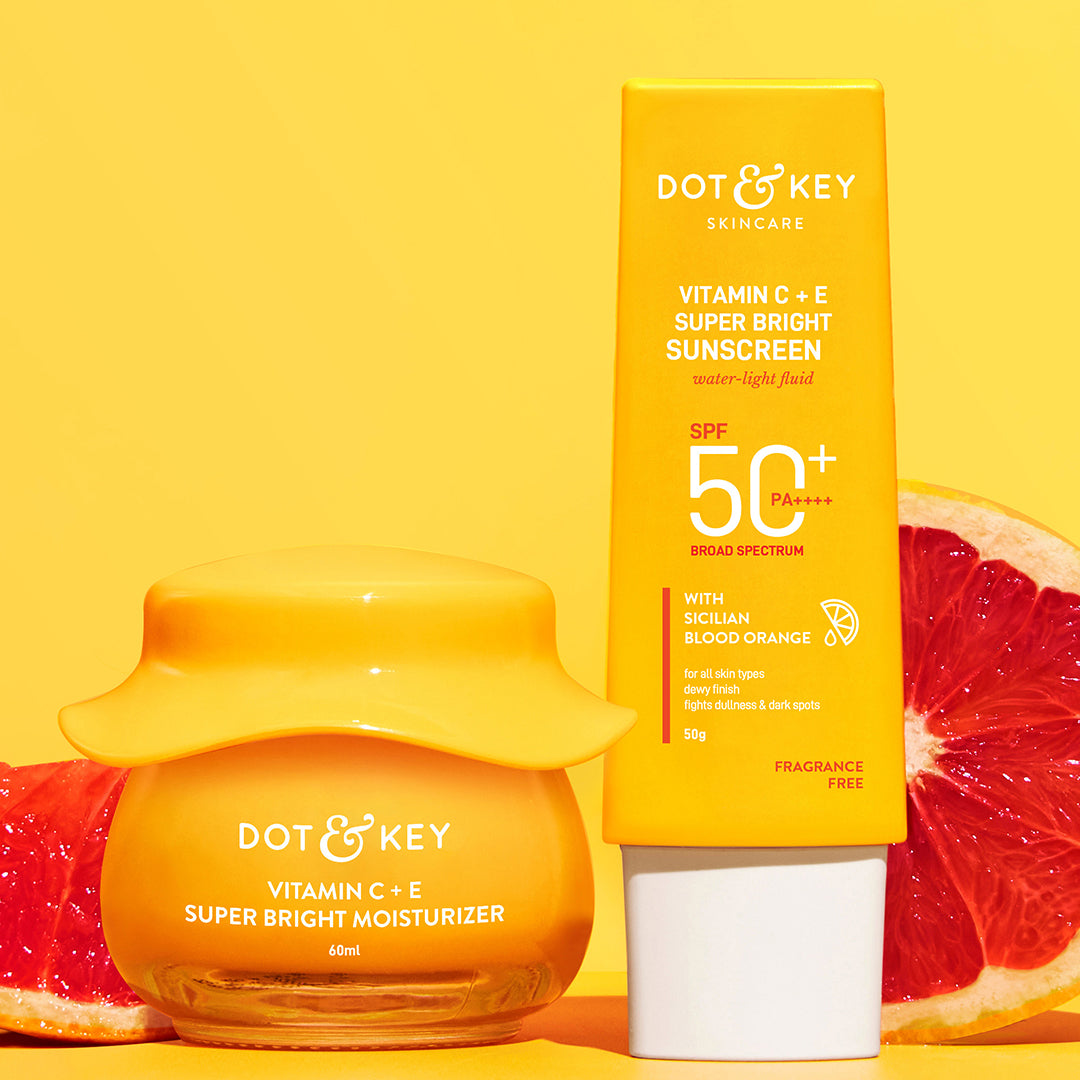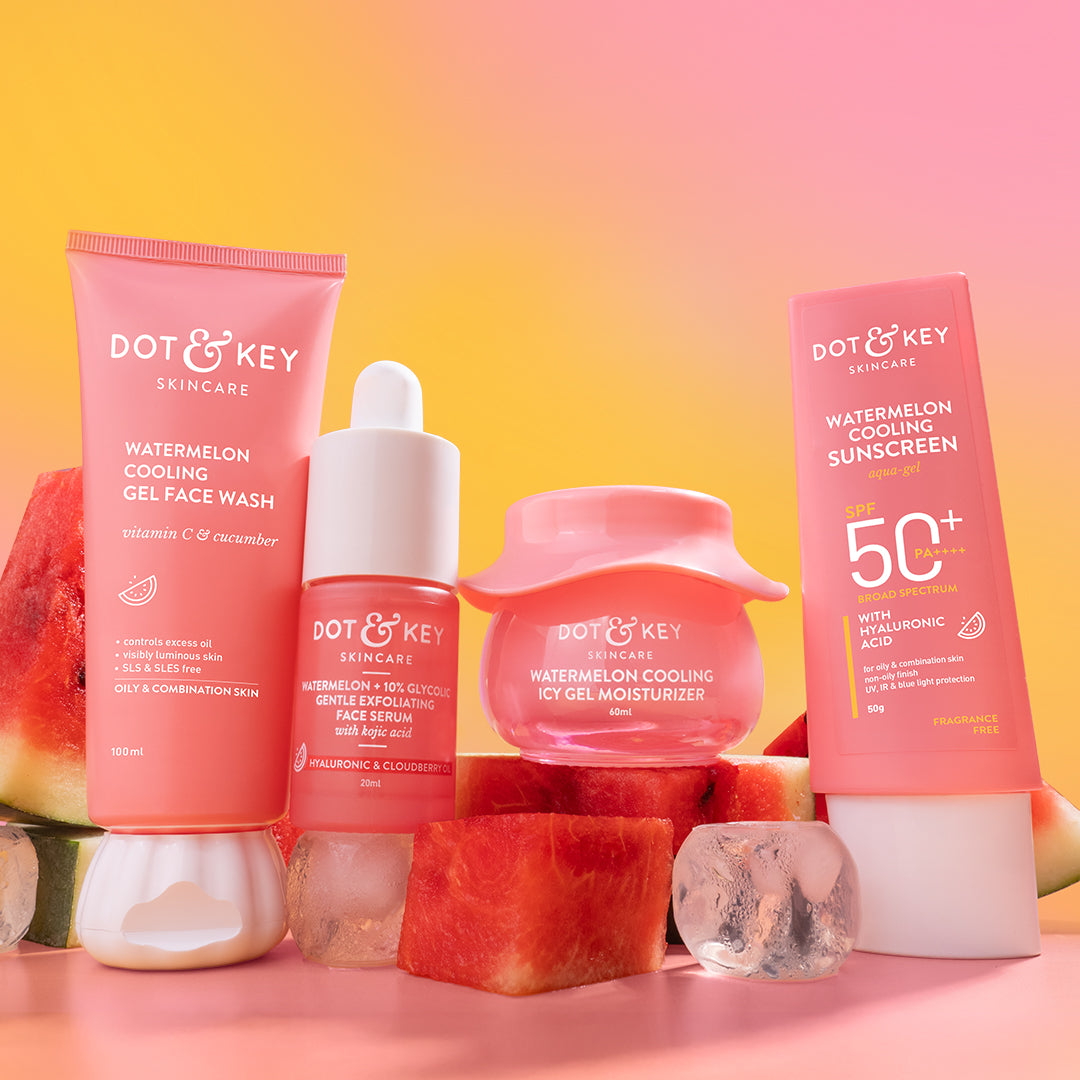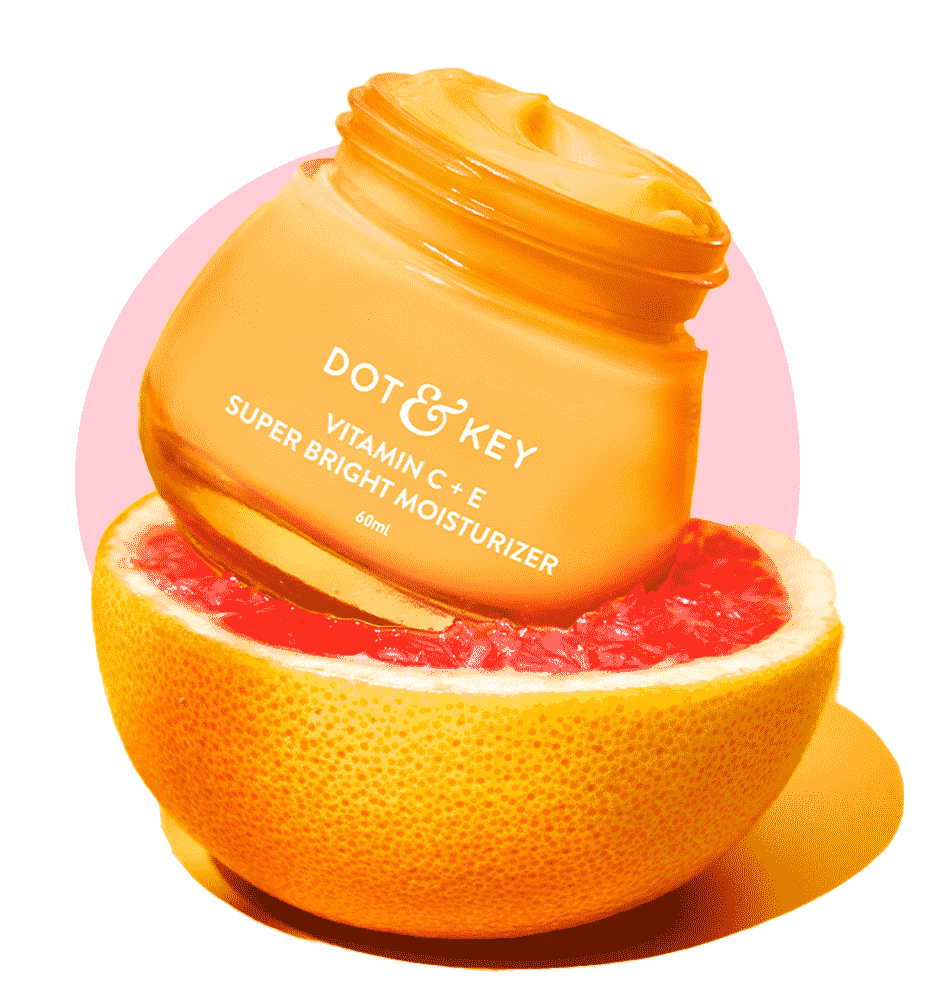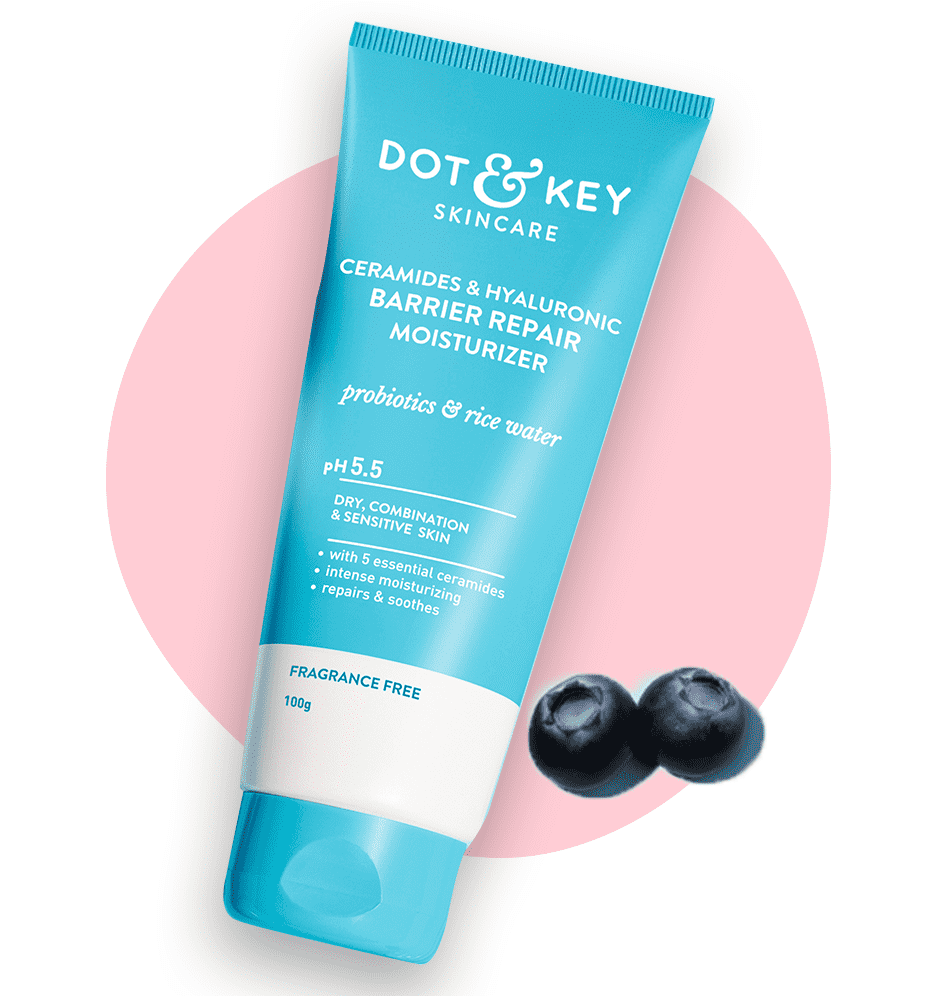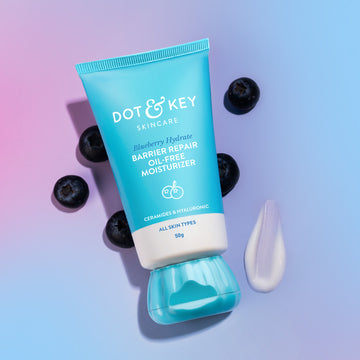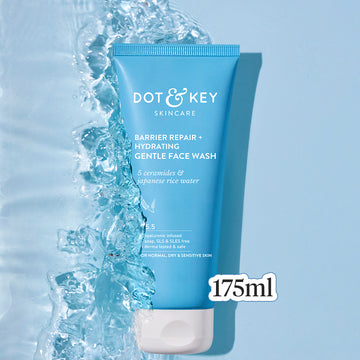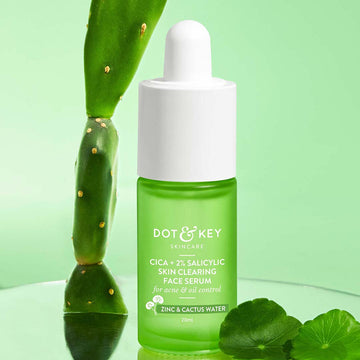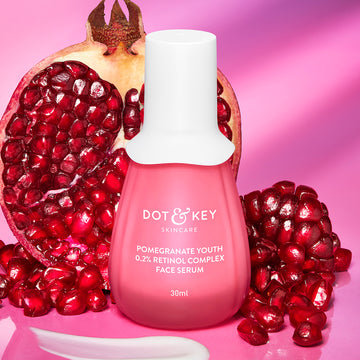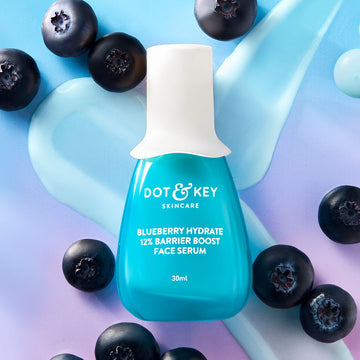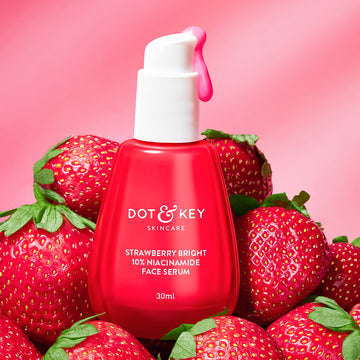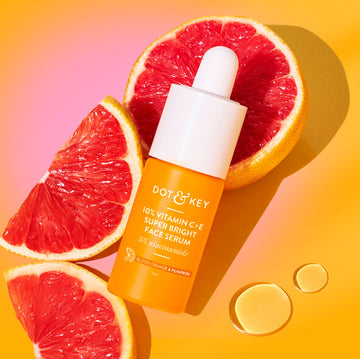
Ever looked at your growing collection of serums and wondered, “Can I just use them all?” You’re not alone. With serums promising everything from glass skin to youthful radiance, it’s tempting to layer up like a skincare sandwich.
The good news? Yes, you can use multiple serums at once—but it’s all about technique. Layer the wrong ones, and you could end up with irritated, confused skin. Do it right, and you’ll unlock the full power of your products.
In this guide, we’ll break down how to layer serums like a pro, what to mix (and what to avoid), and share expert tips for getting the most out of your routine—without overwhelming your face. Let’s get into it!
What Are Face Serums and Why Layer Them?
Serums are lightweight, fast-absorbing products with high concentrations of active ingredients like vitamin C, retinol, or hyaluronic acid. Unlike moisturizers, which hydrate and protect, serums penetrate deeper to target specific concerns such as hyperpigmentation, acne, or ageing. Their small molecular size allows actives to work effectively beneath the skin’s surface.
Layering multiple serums lets you address several skin issues simultaneously. For example, you might use a vitamin C serum to brighten, a niacinamide serum to control oil, and a hyaluronic acid serum to hydrate. However, improper layering can lead to irritation, reduced efficacy, or clogged pores, making it crucial to understand how to combine serums wisely.
Can You Use Multiple Serums at Once?
Yes, you can use multiple serums in one routine, but there are caveats:
- Compatibility: Some ingredients (e.g., retinol and vitamin C) can irritate when used together.
- Skin Tolerance: Overloading with actives can cause redness, dryness, or breakouts, especially for sensitive skin.
- Order Matters: Applying serums in the right sequence ensures absorption and effectiveness.
- Moderation: Using too many serums may dilute benefits or overwhelm your skin.
Most dermatologists recommend layering 2–3 serums max per routine to avoid irritation while targeting multiple concerns. The key is choosing complementary ingredients and applying them strategically.
Benefits of Layering Serums
When done correctly, layering serums offers several advantages:
- Targeted Treatment: Address multiple issues (e.g., acne, dark spots, and dehydration) in one routine.
- Enhanced Results: Combining complementary ingredients (e.g., vitamin C and ferulic acid) boosts efficacy.
- Customized Skincare: Tailor your routine to your skin type and evolving needs.
- Efficiency: Streamline your regimen by tackling several goals without extra steps.
Key Considerations Before Layering Serums
Before stacking serums, keep these factors in mind:
1. Skin Type
Your skin type influences which serums work best and how many you can tolerate:
- Oily Skin: Lightweight, oil-controlling serums (e.g., niacinamide, salicylic acid).
- Dry Skin: Hydrating, nourishing serums (e.g., hyaluronic acid, ceramides).
- Combination Skin: Balanced serums for oily and dry areas (e.g., niacinamide, aloe vera).
- Sensitive Skin: Gentle, soothing serums (e.g., centella asiatica, azelaic acid).
- Normal Skin: Versatile serums for maintenance (e.g., vitamin C, peptides).
2. Skin Concerns
Identify your primary and secondary concerns to choose serums that align. Common pairings include:
- Acne + Oil Control: Salicylic acid + niacinamide
- Hyperpigmentation + Dullness: Vitamin C + niacinamide
- Ageing + Dehydration: Retinol + hyaluronic acid
- Redness + Sensitivity: Azelaic acid + Cica (Centella Asiatica)
3. Ingredient Compatibility
Some ingredients work synergistically, while others clash:
Compatible Pairs:
- Vitamin C + vitamin E + ferulic acid (enhances antioxidant protection).
- Niacinamide + hyaluronic acid (controls oil and hydrates).
- Salicylic acid + tea tree oil (fights acne).
Incompatible Pairs:
- Retinol + vitamin C (can irritate; use at different times of day).
- High niacinamide + high vitamin C (may cause redness in some).
- Retinol + AHAs/BHAs (over-exfoliates, causing dryness).
4. Skin Sensitivity
Sensitive or reactive skin may not tolerate multiple actives. Start with one serum and gradually introduce others, monitoring for redness or irritation.
5. Routine Timing
Some serums are best for morning (e.g., vitamin C for antioxidant protection), while others suit nighttime (e.g., retinol for repair). Split incompatible ingredients between AM and PM routines.
How to Layer Serums: Step-by-Step Guide
Proper layering ensures each serum absorbs fully and delivers its benefits. Follow these steps:
1. Cleanse
Start with a gentle, pH-balanced cleanser suited to your skin type to remove dirt, oil, and impurities.
2. Tone (Optional)
Apply a hydrating or balancing toner to prep skin and enhance serum absorption. Look for ingredients like witch hazel (for oily skin) or rose water (for dry skin).
3. Apply Serums in Order of Texture
Layer serums from thinnest to thickest consistency to ensure penetration:
- Water-Based Serums: Apply first (e.g., vitamin C, niacinamide, hyaluronic acid). Use 2–3 drops, patting gently until absorbed.
- Gel-Based Serums: Apply next (e.g., salicylic acid, aloe vera). Wait 1–2 minutes after the previous serum.
- Oil-Based Serums: Apply last (e.g., retinol, rosehip oil). These are heavier and sit closer to the skin’s surface.
4. Moisturize
Seal serums with a moisturizer to lock in actives and hydrate the skin barrier. Choose a non-comedogenic formula for oily skin or a richer cream for dry skin.
5. Sunscreen (Daytime)
Finish your morning routine with broad-spectrum SPF 30+ to protect skin and active ingredients like vitamin C.
Example Routine
Morning (Oily Skin):
- Cleanse: Salicylic acid cleanser.
- Serum 1: Vitamin C (brightening).
- Serum 2: Niacinamide (oil control).
- Moisturizer: Oil-free gel-cream.
- Sunscreen: Non-comedogenic SPF 30+.
Night (Combination Skin):
- Cleanse: Gentle foam cleanser.
- Serum 1: Hyaluronic acid (hydration).
- Serum 2: Retinol (anti-ageing, acne).
- Moisturizer: Lightweight lotion.
Top Tips for Layering Serums Successfully
- Start with One Serum: If you’re new to serums, begin with one to understand how your skin responds. Add others gradually (one every 2–3 weeks).
- Patch-Test: Test each serum on your inner arm for 3–5 days to avoid reactions, especially for sensitive skin.
- Wait Between Layers: Allow 1–2 minutes for each serum to absorb before applying the next to prevent pilling or reduced efficacy.
- Use the Right Amount: Apply 2–3 drops per serum to avoid overloading. More isn’t better and can clog pores.
- Alternate Actives: Use incompatible ingredients at different times (e.g., vitamin C in the morning, retinol at night) to minimize irritation.
- Monitor Skin Response: Watch for redness, dryness, or breakouts. If irritation occurs, scale back to one serum or consult a dermatologist.
- Keep It Simple: Stick to 2–3 serums per routine. Overcomplicating can overwhelm skin and dilute results.
- Store Properly: Keep serums in a cool, dark place to preserve actives like vitamin C or retinol. Check for expiration or colour changes (e.g., yellowing vitamin C).
Common Serum Combinations for Skin Concerns
Acne + Oil Control
- Serum 1: Salicylic acid (unclogs pores).
- Serum 2: Niacinamide (regulates sebum, soothes inflammation).
- Tips: Use salicylic acid at night to avoid sun sensitivity. Pair with a non-comedogenic moisturizer.
Hyperpigmentation + Dullness
- Serum 1: Vitamin C (brightens, fades dark spots).
- Serum 2: Niacinamide (evens tone, reduces redness).
- Tips: Apply vitamin C in the morning with SPF. Use low-concentration niacinamide to avoid irritation with vitamin C.
Ageing + Fine Lines
- Serum 1: Hyaluronic acid (hydrates, plumps).
- Serum 2: Retinol (smooths wrinkles, boosts collagen).
- Tips: Use retinol at night; hyaluronic acid can be AM or PM. Start with low-dose retinol to build tolerance.
Redness + Sensitivity
- Serum 1: Azelaic acid (calms inflammation, reduces redness).
- Serum 2: Cica (Centella Asiatica) (soothes, repairs barrier).
- Tips: Choose fragrance-free formulas. Apply both AM or PM, followed by a soothing moisturizer.
Dehydration + Dryness
- Serum 1: Hyaluronic acid (attracts moisture).
- Serum 2: Ceramides (repairs barrier).
- Tips: Apply to damp skin for maximum hydration. Follow with a rich moisturizer.
Potential Risks of Layering Serums
While layering can be effective, mistakes can lead to issues:
- Irritation: Combining strong actives (e.g., retinol + salicylic acid) can cause redness, peeling, or stinging. Alternate usage or use gentler formulas.
- Reduced Efficacy: Mixing incompatible ingredients (e.g., high niacinamide + high vitamin C) may neutralize benefits or cause flushing.
- Overloading: Too many serums can clog pores or create a barrier that prevents absorption.
- Purging: Actives like retinol or salicylic acid may cause initial breakouts as pores unclog. This should subside in 4–6 weeks.
To minimize risks:
- Introduce one serum at a time.
- Use lower concentrations for sensitive skin.
- Follow with a hydrating, non-irritating moisturizer.
- Stop use and consult a dermatologist if irritation persists.
Supporting Your Serum Routine
Maximize results with these lifestyle tips:
- Hydration: Drink water to support skin moisture from within.
- Diet: Eat antioxidant-rich foods (e.g., berries, nuts) to enhance serum benefits.
- Sleep: Aim for 7–8 hours to allow skin repair.
- Clean Tools: Wash makeup brushes and change pillowcases weekly to prevent bacteria buildup.
- Sunscreen: Daily SPF protects skin and actives like vitamin C from UV damage.
When to See a Dermatologist
If layering serums causes persistent irritation, breakouts, or no improvement after 8 weeks, consult a dermatologist. They can:
- Recommend compatible serums for your skin type.
- Prescribe treatments for severe concerns (e.g., retinoids for acne, hydroquinone for pigmentation).
- Suggest professional treatments like peels or lasers.
- Bring your serums to the appointment to identify potential issues.
Conclusion
Using multiple serums at once is not only possible but can also be a game-changer for addressing diverse skin concerns—when done right. By choosing compatible ingredients, layering from thinnest to thickest, and respecting your skin’s tolerance, you can create a personalized routine that tackles acne, ageing, dullness, or redness effectively. With the right approach, layering serums unlocks a world of skincare possibilities, delivering the clear, radiant complexion you’ve been chasing.

